The Ultimate Guide to Financing Accessible Home Modifications and Wheelchair Ramps
Living in a home that doesn't meet your accessibility needs can be challenging. Whether you’re facing mobility issues, planning for aging in place, or supporting a loved one with disabilities, home modifications like wheelchair ramps and hoyer lifts can dramatically improve safety, comfort, and independence. However, the cost of these changes can be daunting. The good news? There are numerous funding sources available, from government programs and grants to nonprofit assistance and tax deductions.
This comprehensive guide will walk you through the most effective ways to secure funding for accessible home modifications and wheelchair ramps, ensuring a smoother path to creating a safe, functional, and welcoming home environment.

1. Government Assistance Programs
Medicare
- Part B Coverage: While Medicare Part B covers durable medical equipment (DME) like patient lifts or commode chairs, it generally does not directly fund home modifications or wheelchair ramps. However, some Medicare Advantage (Part C) plans may include these services as supplemental benefits. Contact your insurer to explore coverage options.
Medicaid
- Home and Community-Based Services (HCBS) Waivers: Depending on your state, Medicaid may cover structural changes, adaptive equipment, and assistive technology under these waivers. Programs vary by state, so check your local Medicaid office for eligibility details.
- Regular Medicaid: In some cases, Medicaid may cover ramps and other modifications if deemed medically necessary.
Veterans Affairs (VA)
Veterans with service-related disabilities may qualify for the following grants:
- Specially Adapted Housing (SAH) Grant: Funds substantial home modifications for veterans with severe disabilities.
- Special Housing Adaptation (SHA) Grant: Assists with home modifications to enhance accessibility.
Home Improvements and Structural Alterations (HISA) Grant: Covers necessary home improvements like ramps, widened doorways, and lowered countertops.
2. Grants and Nonprofit Organizations
Grants for Individuals with Disabilities
- Rebuilding Together: Offers home safety improvements and ramp installations for low-income families and veterans.
- AccessABILITY Experience: Supports low-income families with grants for wheelchair ramps and other accessibility projects.
Local Charities and Nonprofits
- Check with community organizations, churches, and disability advocacy groups for local assistance.
- National Directory of Home Modification Repair Resources: This USC-published directory helps locate state-specific programs and services.
3. Loans and Financing Options
Home Improvement Loans
- Home Equity Loans: Use your home’s equity to finance accessibility modifications.
- Personal Loans: Available through banks and credit unions; compare interest rates and terms to ensure affordability.
Eldercare Loans
Designed for seniors awaiting long-term benefits, these loans can bridge financial gaps while ensuring immediate access to modifications.
4. Tax Deductions and Credits
Many home modifications qualify as tax-deductible medical expenses if they address a medical need. Examples include:
- Wheelchair ramps and stairway modifications
- Grab bars, handrails, and patient lifts
- Accessible bathroom and kitchen adjustments
Pro Tip: Bundle all modifications into one tax year to maximize deductions. Always save receipts and consult a tax professional for guidance.
5. Crowdfunding and Community Support
Platforms like GoFundMe allow individuals to share their stories and raise funds for accessibility projects. Craft a compelling narrative and reach out to friends, family, and local communities to inspire support.
6. Renters’ Rights and Accessibility
Under the Fair Housing Act, landlords must allow reasonable accommodations for individuals with disabilities.
- Approach negotiations with a clear plan, detailing required modifications and associated costs.
- Suggest cost-sharing arrangements and highlight the long-term value these changes bring to the property.
7. Assistance for Veterans
Veteran-Directed Home and Community-Based Services (VD-HCBS)
This program enables veterans requiring nursing-home-level care to remain at home. Benefits include funding for wheelchair ramps and other accessibility modifications.
Eligibility Highlights:
- Must require nursing home-level care
- Cannot reside in assisted living facilities
- Discharge status must be other than dishonorable
8. Key Steps for Securing Funding
- Identify Needs: List specific modifications required for your home or wheelchair ramp.
- Explore All Options: Check eligibility for federal, state, and nonprofit programs.
- Get Documentation: Obtain letters from healthcare providers to support your case.
- Plan and Budget: Research costs and prepare a detailed plan for your modifications.
- Stay Organized: Keep all receipts, application documents, and correspondences.
Conclusion: Your Path to Safer, More Accessible Spaces
Securing funding for accessible home modifications or a wheelchair ramp may seem complex, but resources abound. By leveraging government programs, nonprofit assistance, and creative financing solutions, you can achieve a safe and accessible living environment for yourself or your loved ones.
Take the First Step Today: Research your eligibility for these programs, connect with local organizations, and make your home a place where independence and comfort thrive.
Let Us Know What You Think!
Your thoughts and questions are incredibly valuable to us, and we'd love to hear from you. If you have additional insights to share, your comments can spark meaningful discussions and enhance the collective knowledge of our community. Don't hesitate to ask any questions you may have; our team is here to provide answers and engage with you. So, please, take a moment to leave a comment or question below. Your input is much appreciated!
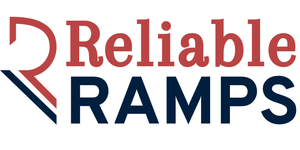
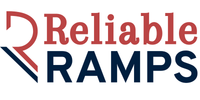

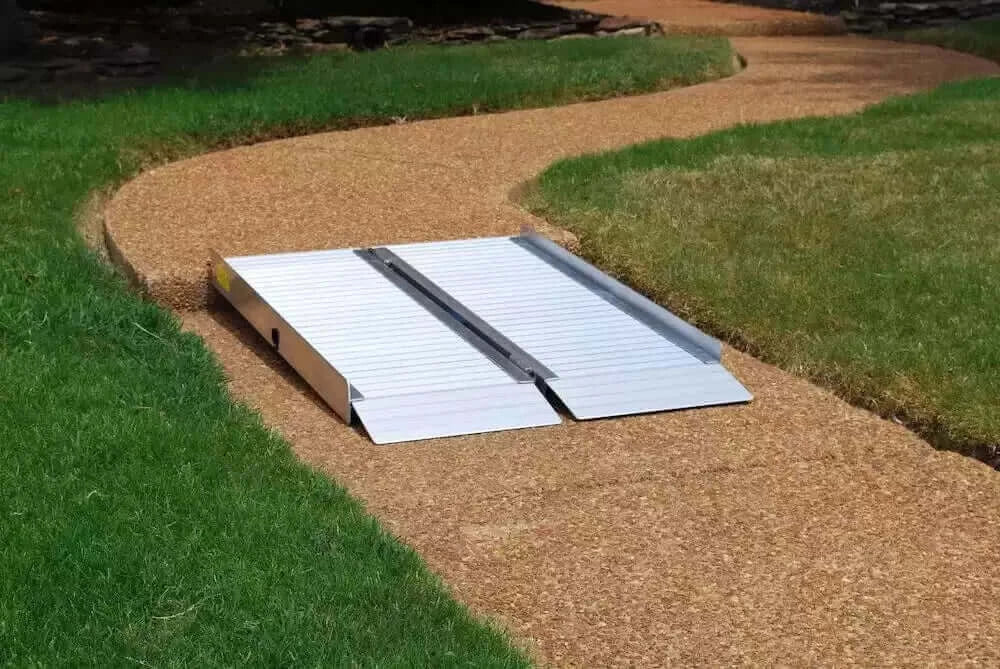
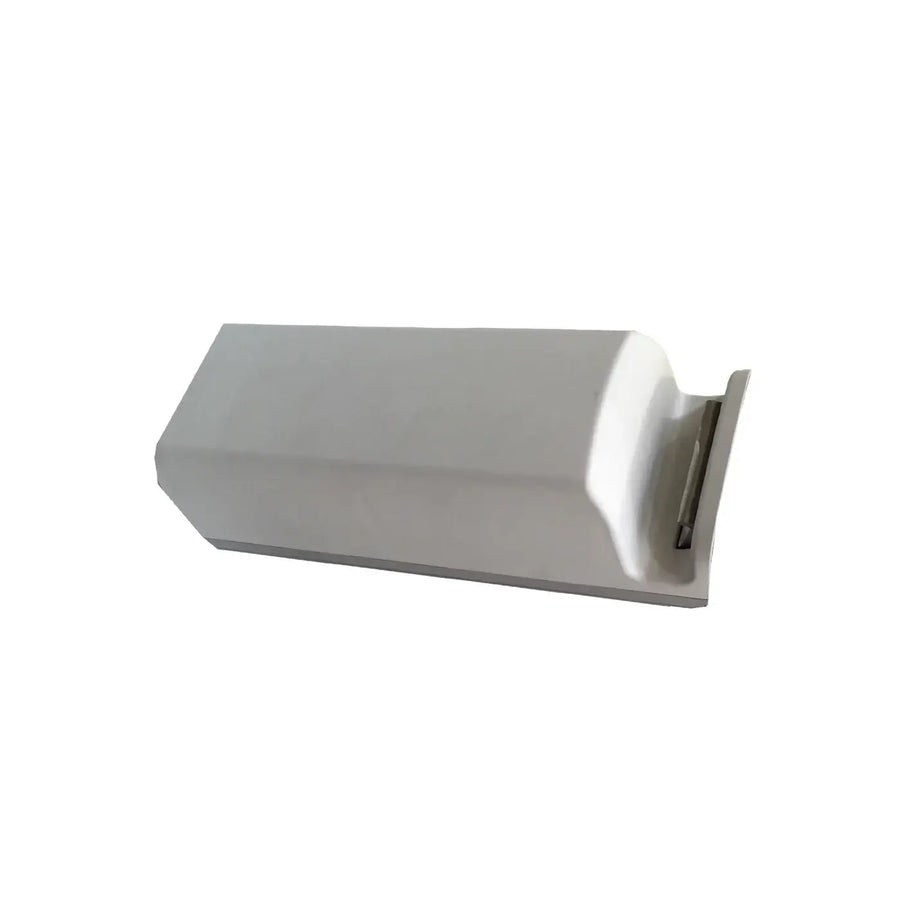
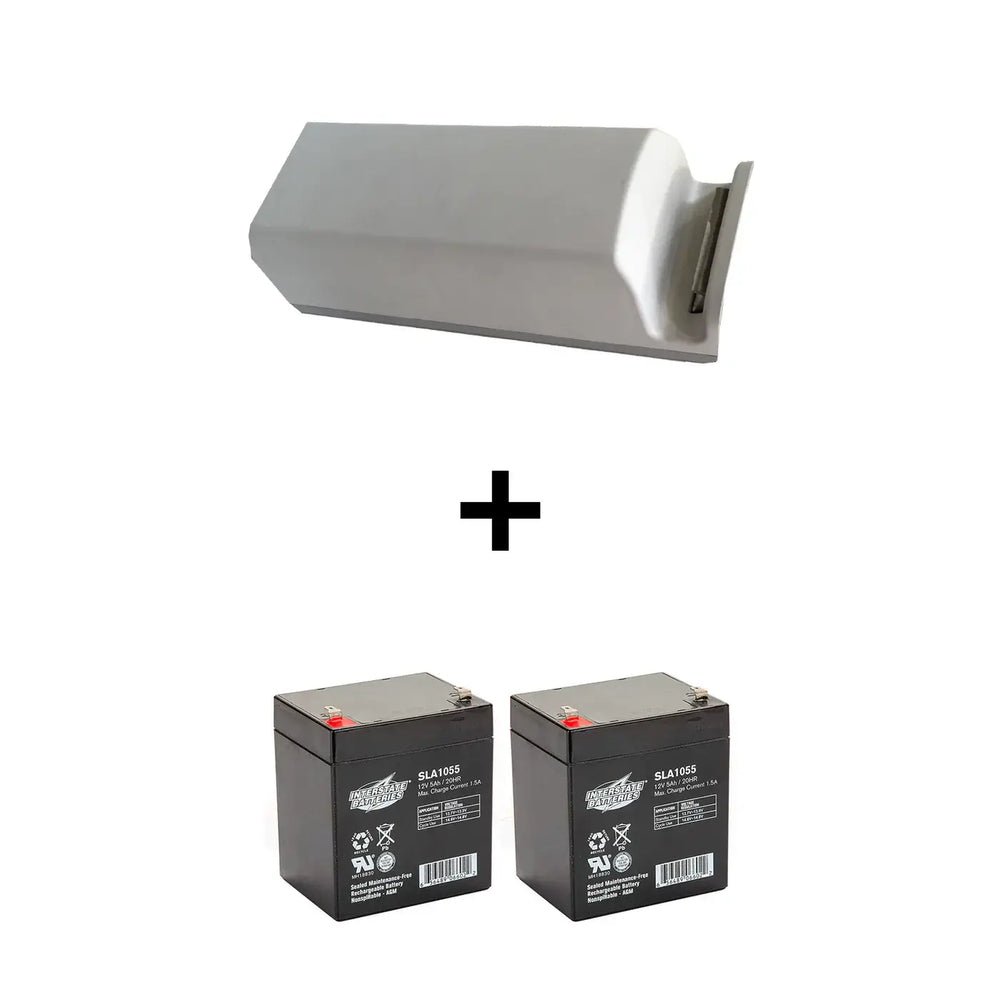
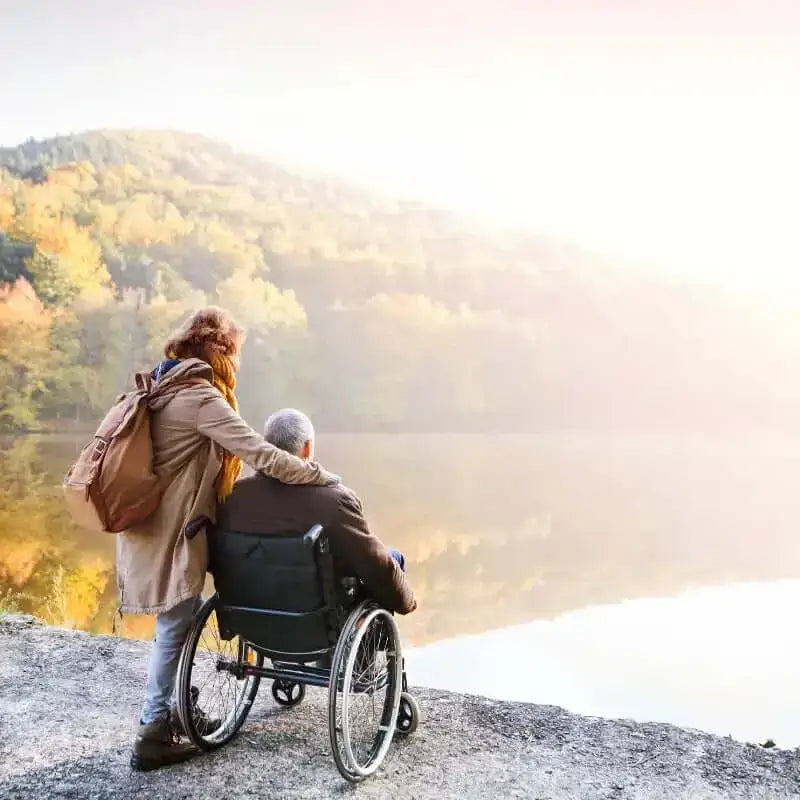
Leave a comment